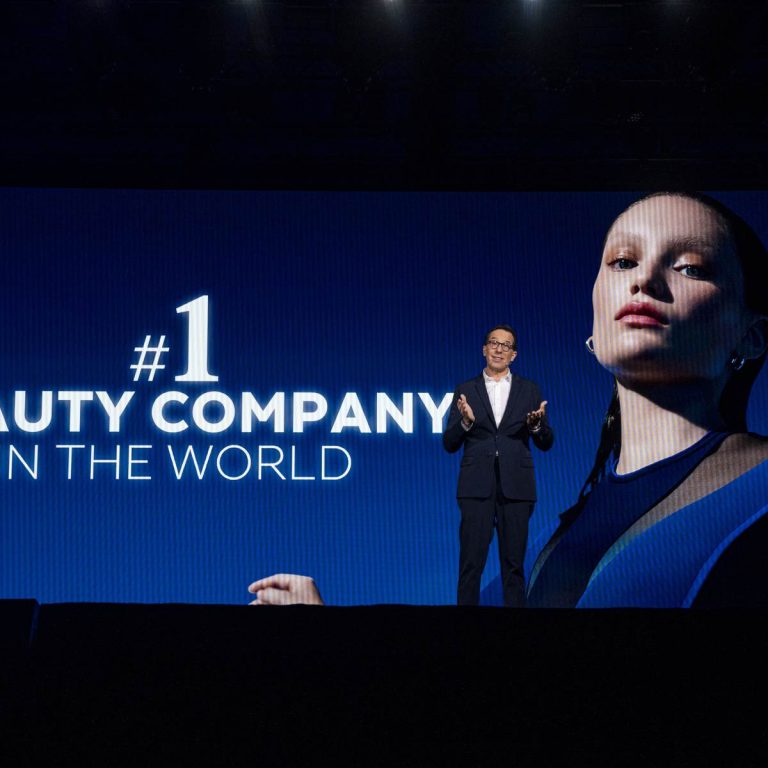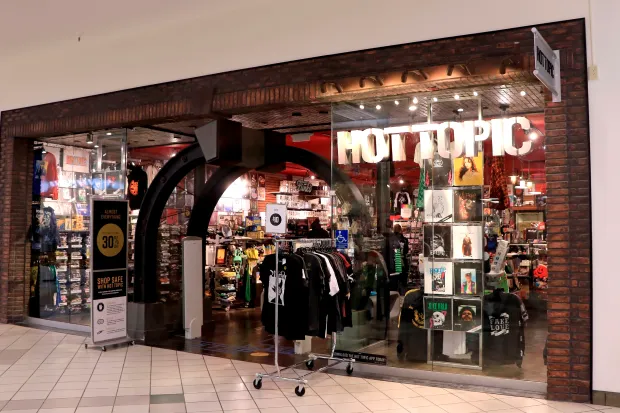Retail Icon Files for Bankruptcy: Insights on the Liquidation of a Former Trendsetter
According to The Street , The apparel retail industry has frequently seen the emergence of new brands through spinoffs and acquisitions of successful companies.
Gap Inc. Origins and Evolution
Gap Inc., known for its Gap stores, was founded by Don and Doris Fisher, who opened their first location in San Francisco in 1969. This initial store sold men’s Levi’s jeans, vinyl records, and tapes. The company went public in 1976 and, by March 1979, had expanded to 375 stores across the United States. In 1983, Gap Inc. acquired Banana Republic, a safari-themed retailer founded in 1978 in Mill Valley, California, which eventually grew to over 340 locations. In 1994, the company launched Old Navy as a spinoff of its Gap Warehouse concept, making headlines by becoming the first retailer to reach $1 billion in sales within four years. However, in 2020, Gap Inc. announced plans to close up to 350 Gap and Banana Republic stores by 2024.
Also Read – Five Significant Changes Coming to Social Security Benefits in 2025
The North Face: A Pioneer in Outdoor Apparel
Another notable player in the apparel industry is The North Face, established in 1966 in San Francisco’s North Beach neighborhood by Doug Tompkins, an outdoorsman and environmentalist. Along with his wife Susie, Tompkins aimed to create durable outdoor products designed to withstand extreme weather and outdoor activities. The North Face relocated to Berkeley, California, in 1968, where Tompkins sold his stake in the company for $50,000. He subsequently used those funds to help launch a new apparel brand with his wife and partner Jane Tise, initially named the Plain Jane Dress Co., which later became Esprit de Corp.
By 1989, Esprit had transformed into a trendy retailer appealing to teens, expanding to approximately 80 stores and outlet locations. That same year, the Tompkins sold a controlling interest to Michael Ting, who acquired their remaining shares in 1996. However, Esprit began to decline in the 1990s, relocating its headquarters from San Francisco to Los Angeles. By 2011, the brand opted to close or sell its 93 North American stores. The COVID-19 pandemic and ongoing financial difficulties led to the shuttering of all 56 Esprit locations in Hong Kong, Macao, Malaysia, Singapore, and Taiwan.
Also Read – Everything You Need to Know About Social Security Changes for Retirees
Recent Challenges and Bankruptcy Filings
In May 2024, multiple Esprit subsidiaries in Europe filed for insolvency, and as of now, around 13 subsidiaries in Europe and Hong Kong have sought similar measures. Recently, Esprit U.S. Distributors Ltd. and Esprit U.S. Retail filed for Chapter 7 bankruptcy on October 25 in the U.S. Bankruptcy Court for the Southern District of New York, intending to liquidate their remaining assets. At the end of June, the company reported total assets of approximately $40.8 million against liabilities of $61.4 million.
The company faced significant challenges due to rising inflation, increased interest rates, high energy costs, and the lingering effects of the COVID-19 pandemic, along with ongoing international conflicts. Long-term leases for inadequately sized stores, high labor costs, and logistical issues further exacerbated its financial troubles.






